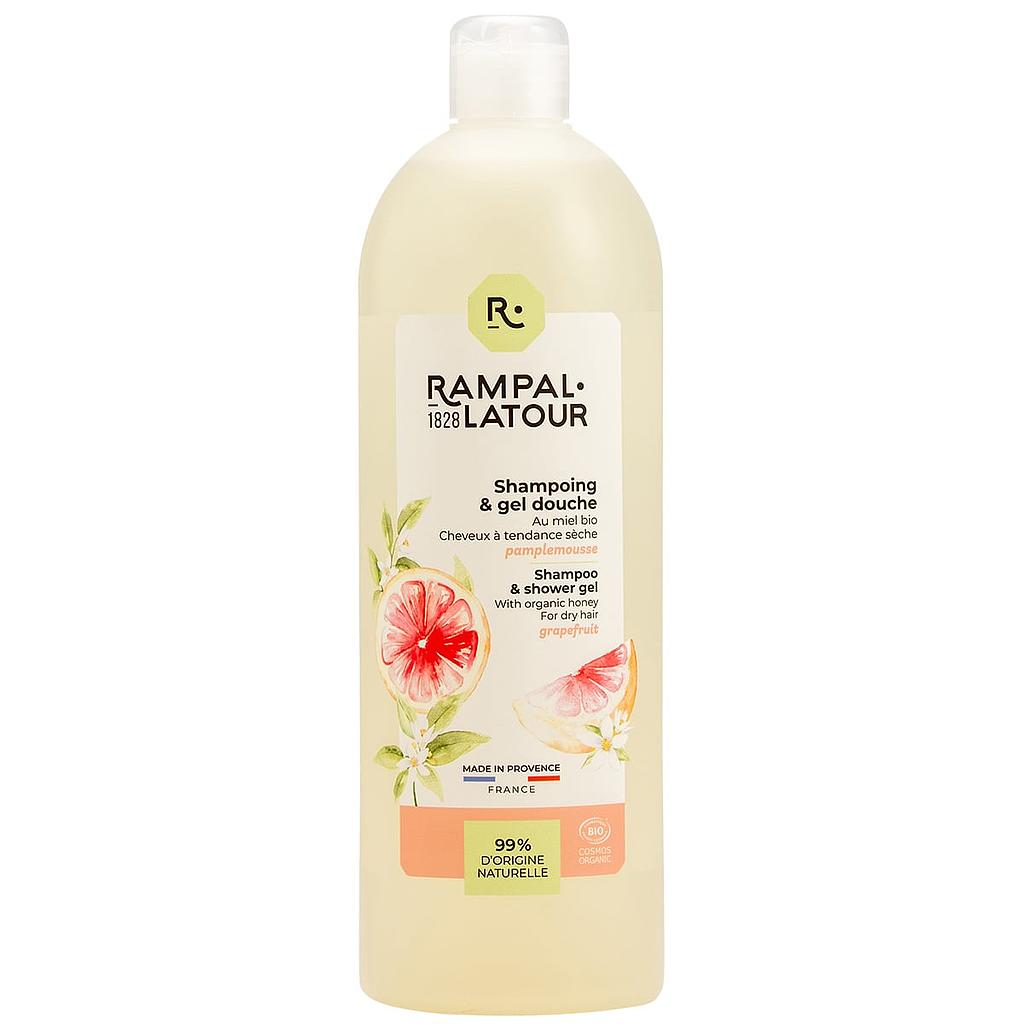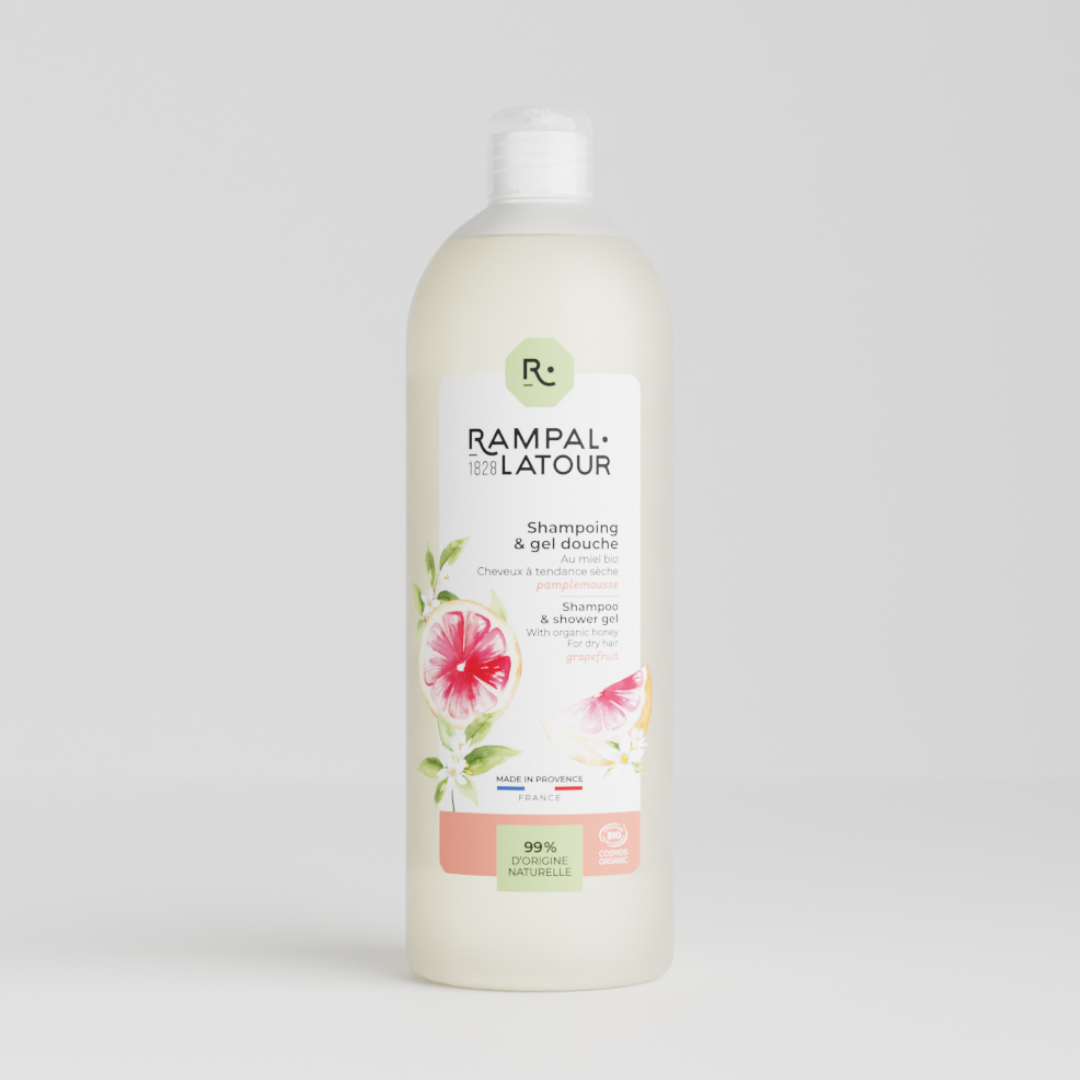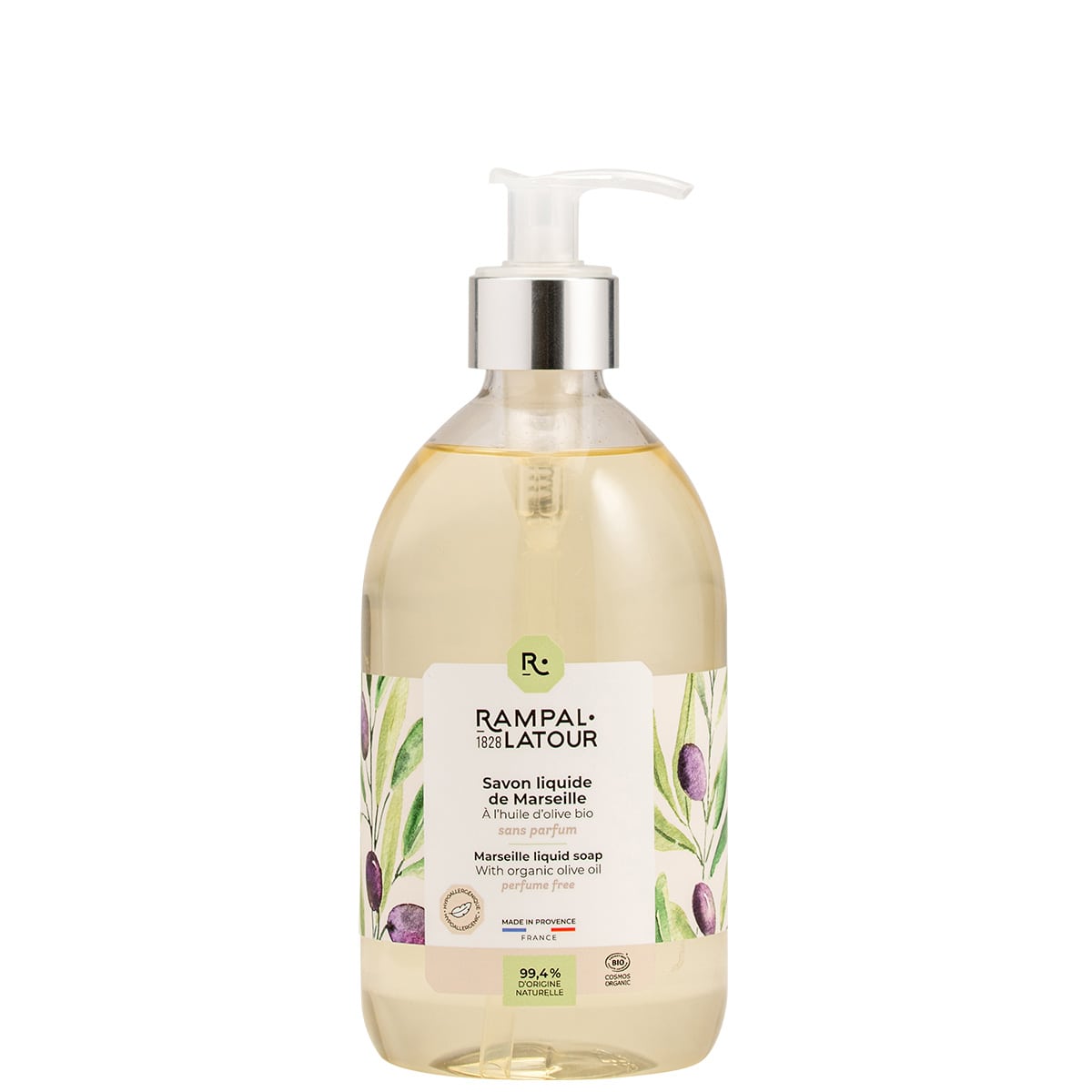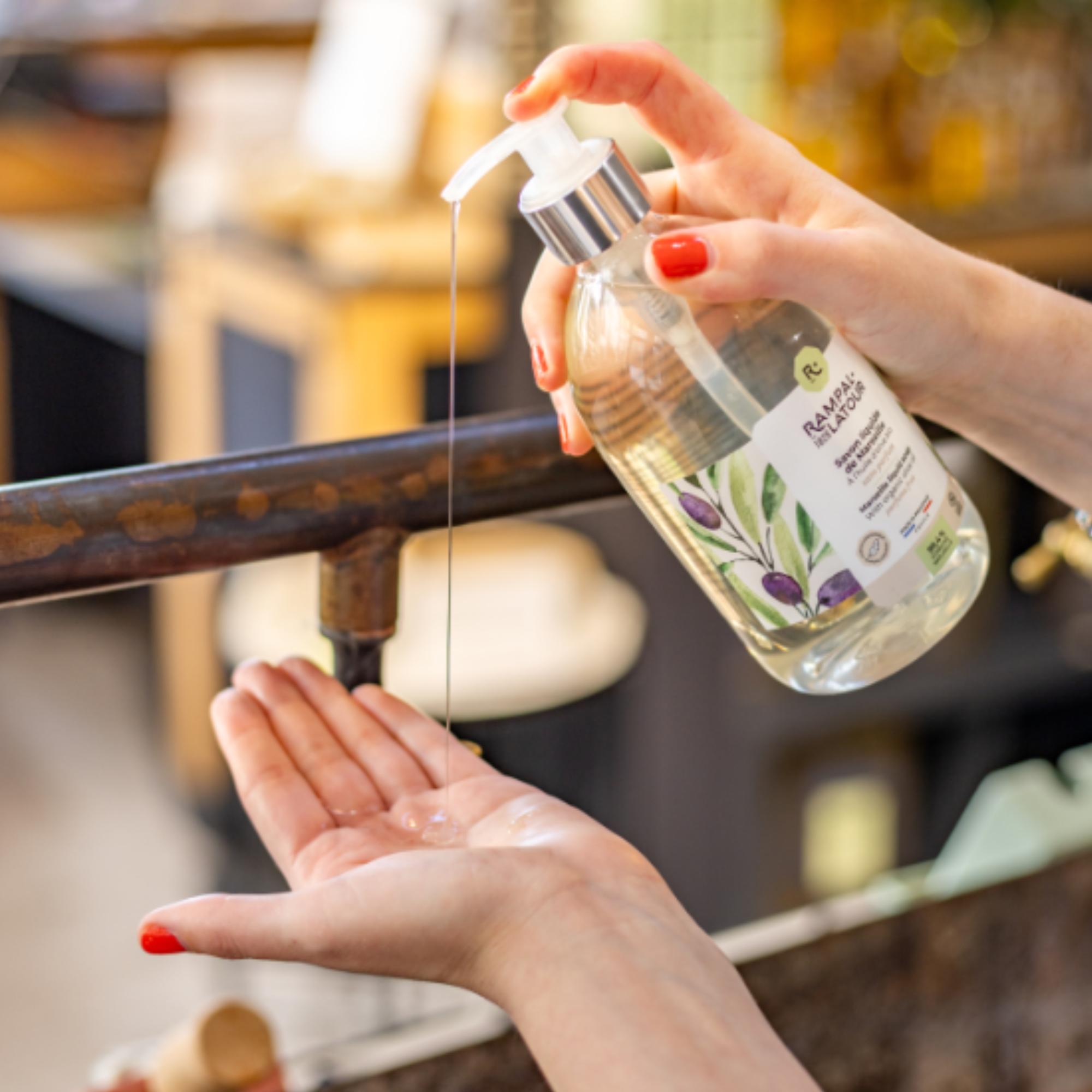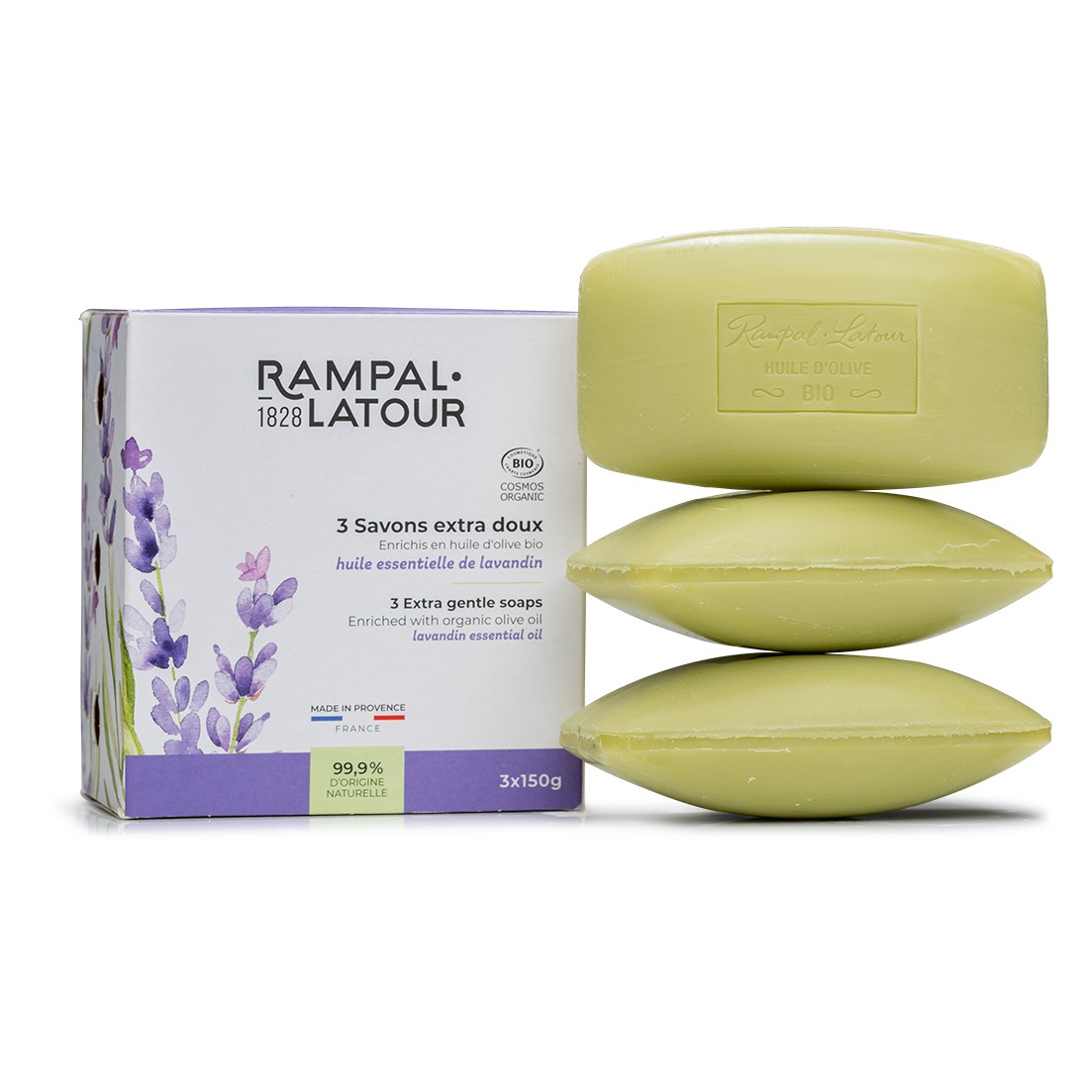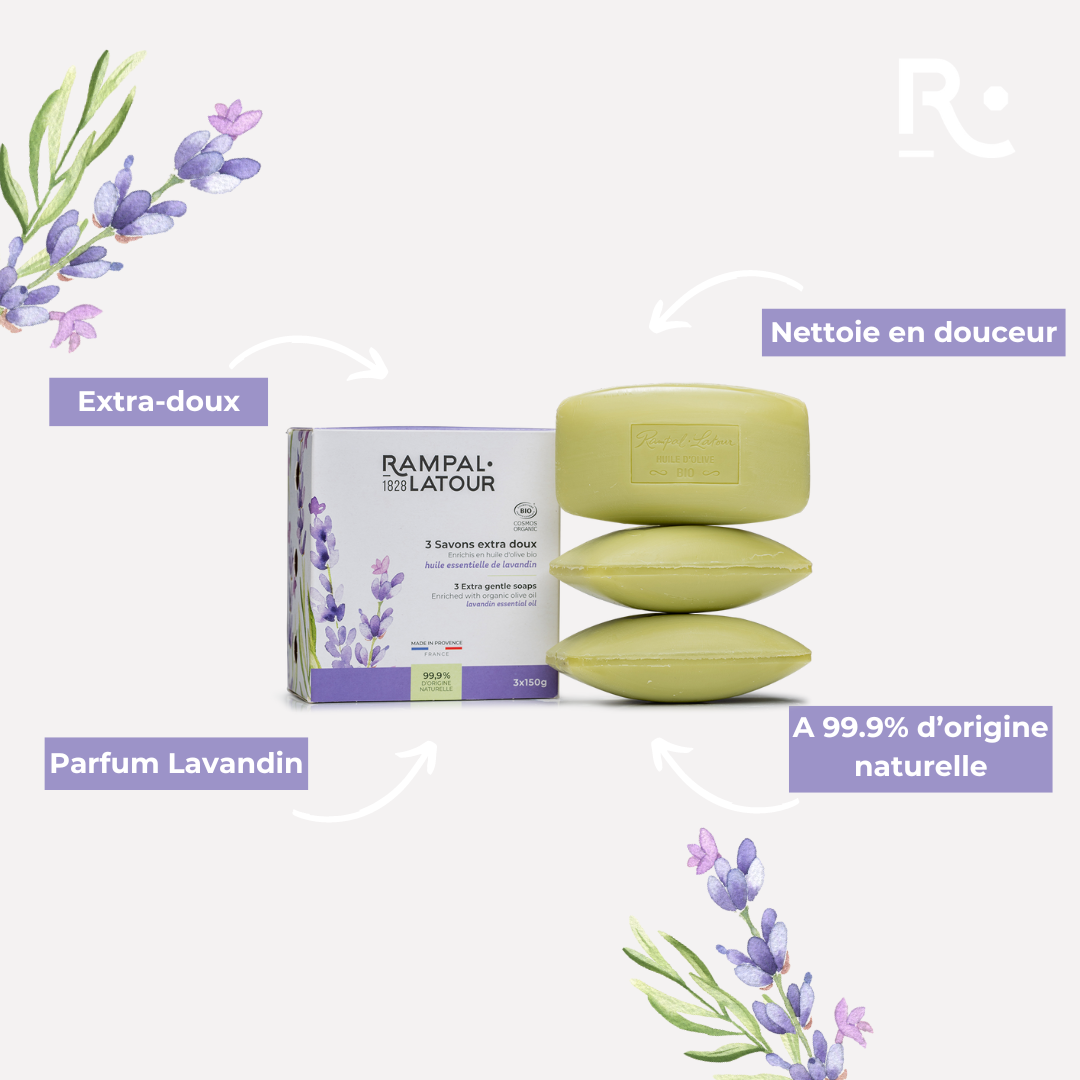Present in many everyday products, including cosmetics, endocrine disruptors are natural or artificial substances which bear a resemblance to hormones - to which they are close in their structure. They are accused of interfering with the body by blocking or obscuring the body's receptors that are intended for real hormones. Natural hormones then no longer function properly.
Endocrine disruptors could therefore alter the functions of the hormonal system and cause undesirable effects on health, including diseases and anomalies (growth disorders, reduced fertility, cancers, genital malformations in boys, early puberty in girls).
A rather alarming finding knowing that absorption through the skin is 10 times greater than absorption through food. Exposure to endocrine disruptors in young children is also measurable: traces of dozens of toxic products were found in the hair of a panel of children aged 10 to 15, according to a study published in 2017 by 60 million consumers.
Revelations that do not leave us indifferent: between collective awareness, health crises and environmental concerns, new needs are emerging. Those of cosmetics “cleaned” of any substance potentially harmful to health and respectful of the environment.
After having contributed to the development of the first National Strategy on endocrine disruptors, France contacted the High Council of Public Health to give an opinion on the second National Strategy at the end of 2018. The objective, among other things, is to make the problem of endocrine disruptors more visible. A social issue that should be taken seriously with products that apply a principle of prevention in order to exclude these risky substances from their formulas.




